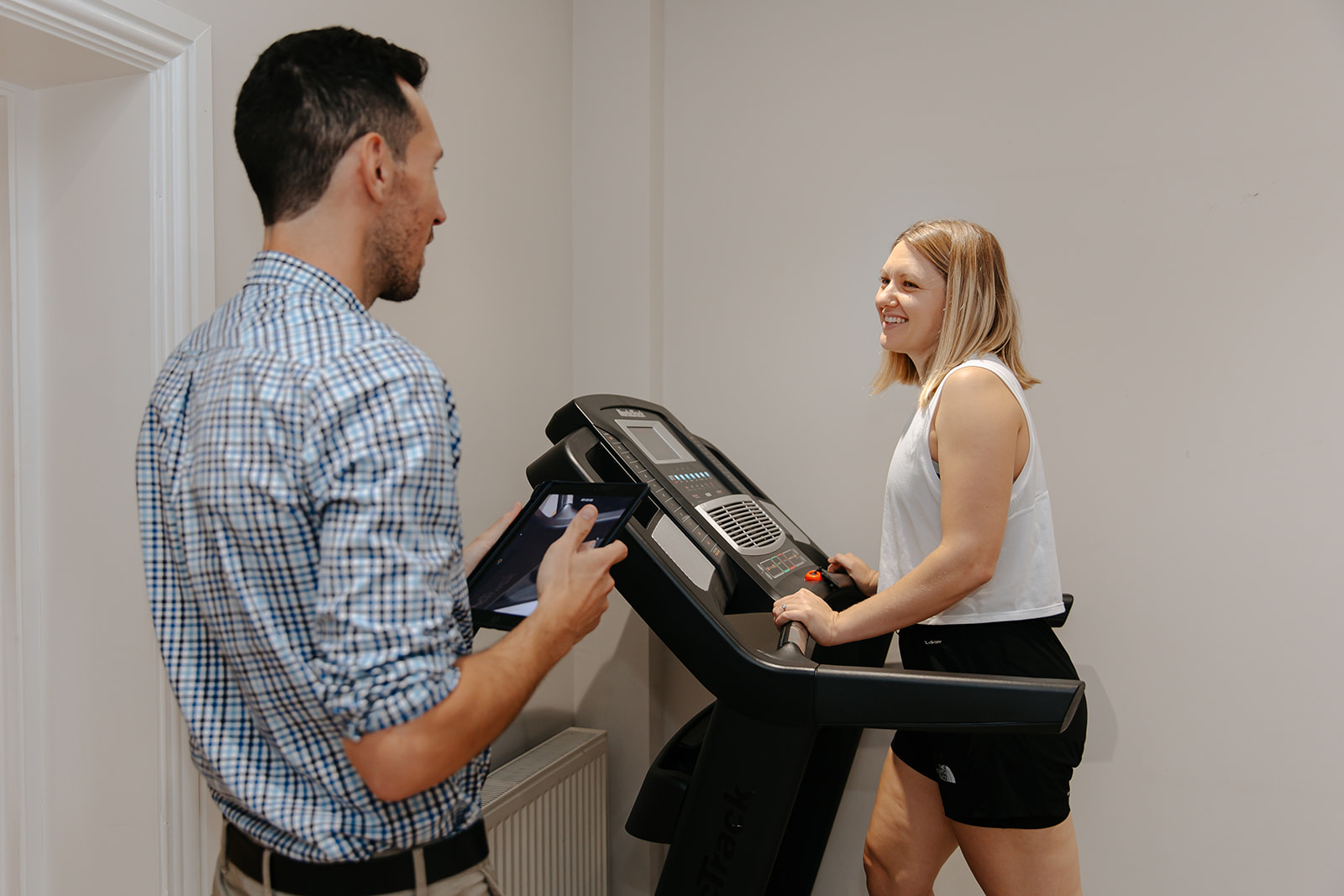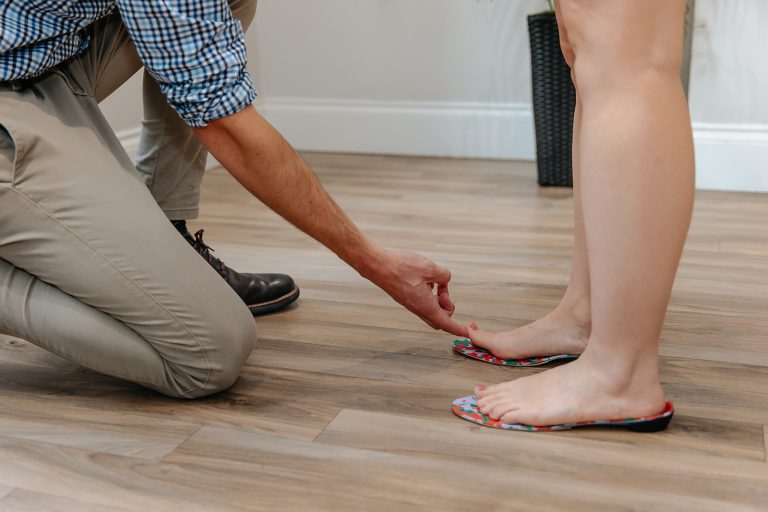Steph Hatt
September 18, 2025
April 07, 2017

Running is one of the most popular forms of sporting activity worldwide. It’s relatively cheap (except for a decent pair of shoes), convenient, and has many health benefits both mentally and physically.
However, if you are a keen runner there is also every chance that you have had a frustrating layoff with one or more of the most common injuries, which can interrupt your training.
The four most common running injuries we tend to see are:
Let’s briefly deal with each in turn:
This is a lay term that can lead to some confusion as it can encompass injuries such as iliotibial band syndrome (ILTB) anterior knee pain (AKP) and patella tendon injuries, all of which are completely separate injuries that may be chronic (gradually appear over time with overuse) or acute (due to sudden injuries).
The pain occurs on the outside of the knee joint, is worse during running but eases when you relax. This can be caused by tightness in the ilio-tibial band, poor foot function, i.e., over-pronating feet, unsuitable shoes and excessive training.
The pain is mostly around the kneecap, often just on the inside or below but can also radiate to the back of the knee. It occurs because the tracking of the kneecap within the femur as you bend your knee is altered. This can be due to muscle imbalances in the thigh or hip – some muscles are pulling too strongly and some are simply too weak. Inflexibility is another common factor here as is overpronation or poor foot function.
Even the casual runner can suffer from this although it tends to be more common in more high-impact sports injuries involving bursts of activity. The pain is usually localised to the tendon and starts with pain after exercises but can progress to debilitating pain through exercises. Most recent research has shown inflexibility of the hamstrings and quadriceps is very common; also the alignment of the patella (the kneecap) and the biomechanics of the feet can have a significant impact on this condition.
This is another lay term that can encompass any of the conditions described below:
All of these commonly experience pain on the inner side of the shin during exercise and even at rest in more chronic cases. The individual history needs to be carefully taken to distinguish between them. The individual’s training, lower limb biomechanics, flexibility, and muscle strength must all be carefully assessed in addition to their running shoes to determine the cause and appropriate solution to the runner’s pain.
This refers to pain on the underside of the heel which often radiates down the inside of the sole. Pain is usually worse during activity and also after prolonged inactivity, particularly on getting up in the morning the first few steps can be very sore.
The most common cause of this is often the biomechanics of the foot due to overloading of the plantar fascial tissue. This is often described as over-pronating seen in people with flattened medial arches or under-pronating seen in people with higher more rigid arches. Overload of the tissues can occur if the footwear does not have adequate shock absorption or is worn out. Plantar fasciitis is common in runners and replacing running shoes can sometimes resolve spontaneously. On other occasions, it can be very persistent which could be due to the wrong type of running shoes being worn or that an orthotic is needed to improve the biomechanics. Tight calf muscles and Achilles tendons can increase the strain on the plantar fascia. To resolve this the individual needs a full biomechanical lower limb assessment and advice about their shoes and self-help measures including stretches, ice etc.
This is due to the degeneration of the tendon above the heel which forms part of the lower calf muscles. This means the tendon is not as strong and may be liable to rupture with continued excessive sporting activity.
The pain comes on gradually and is worse on activity and any focal area of degeneration can be very tender to touch. The tendon is very stiff first thing in the morning and is often thicker on the affected side.
Again training should be looked at, muscle strength, flexibility and foot biomechanics are all factors that need to be addressed. Specialist eccentric exercise programmes are often very successful for these types of tendon problems although they need to be continued for at least 3 months.
We have only outlined the 4 most common running injuries that we see here at the Clinic. Our thorough initial assessment would enable us to identify whether you were suffering from any of these conditions or from one of the many other running injuries that we also treat.
Your treatment can include if appropriate, individual training advice, strengthening and stretching exercises, joint mobilisations, pain relief, and goal setting through a complete rehabilitation programme. We would also be able to identify and correct any abnormal lower limb biomechanics, which may predispose you to injury.
However it is important to realise that the most frequent cause of running injuries is overtraining or what could be termed the “terrible toos”: Too much, too soon, too often, too fast, and too little attention paid to pain all too often lead to injury.
Steph Hatt
September 18, 2025
Hatt Clinic
October 22, 2018

Hatt Clinic
April 07, 2017